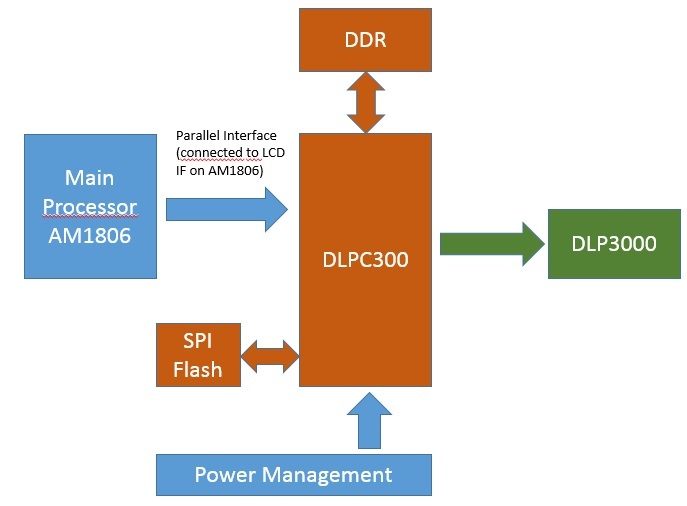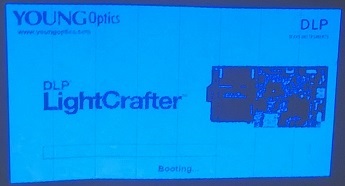Currently we've problems with some PCBs (proprietary desing) where DLPC300 is just displaying TI Splash screen. On the screen there written "Booting...".
However, while trying to find the issue I found "mDDR Memory BIST Status Register (I2C: 0x9B)" register in the Programmers I understand there is something existing like a selft-test but it seems to be disabled. BIT 1 of the register never becomes 1. Programming Guide: "0= BIST is in progress (if enabled)". So how can I enbale.
I assume the PIN "TEST_EN" (A9 / "Reserved for test") is used for enabling the self test. Can you confirm that? On the PCB it is hard wired to ground.
Otherwise, what does indicate when DLPC300 is displaying splash screen continuously.
Thank you advance for any help, because currently I'm completely blind.
Kind regards,
Roland



